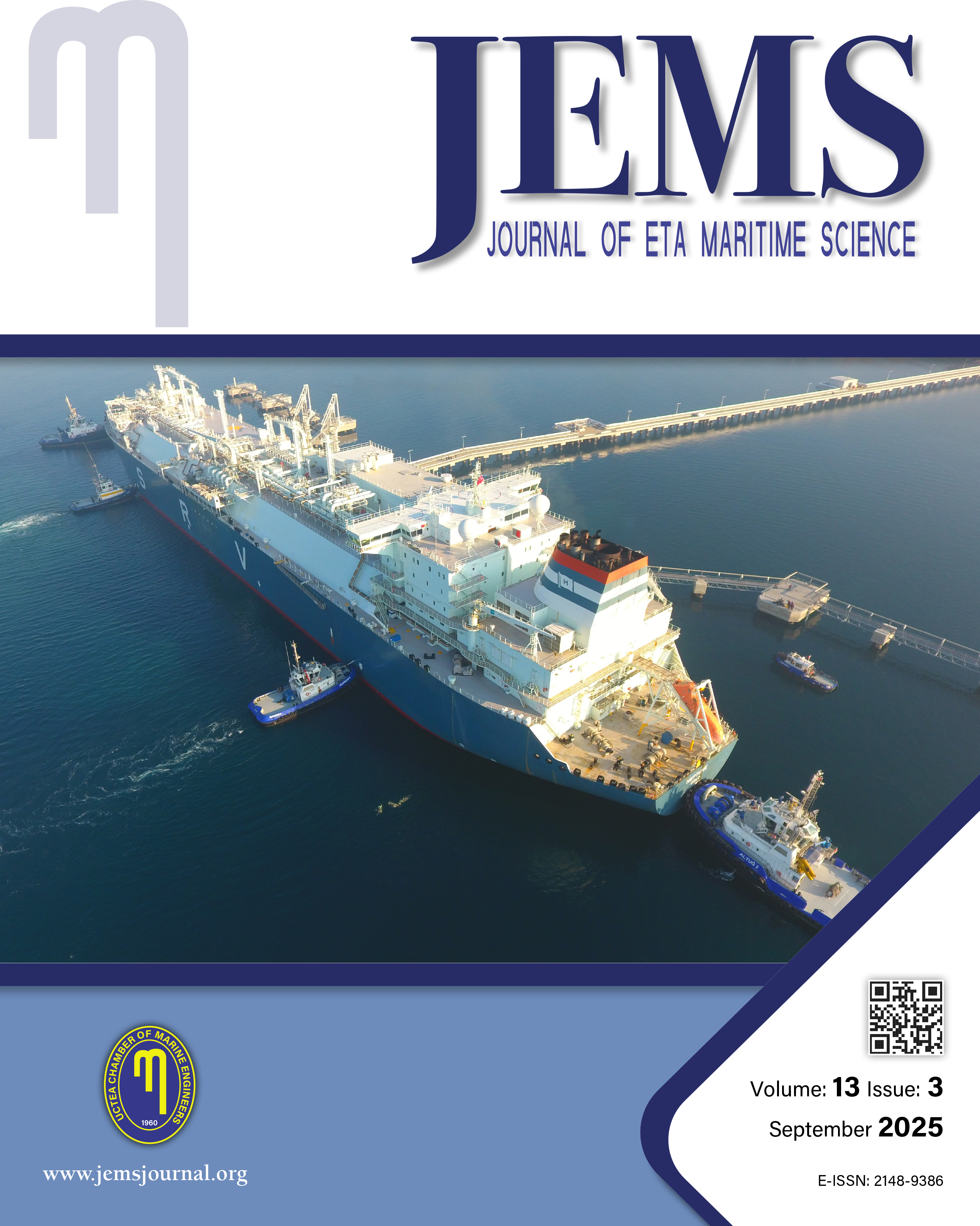

JEMS apply the Creative Commons Attribution NonCommercial 4.0 International Licence to all manuscripts to be published
How Ports Can Improve Their Sustainability Performance: Triple Bottom Line Approach
Nergis ÖzispaDokuz Eylul University Faculty of Maritime, Department of Maritime Business Administration, Izmir, TurkeyPorts, located at the center of the world trade, are shown to be one of the harmful industries to the environment due to their characteristics such as the amount of waste they produce, harmful emissions, and noise pollution they cause. That makes ports also one of the important industries to reduce this harm caused by itself. In order to work toward reducing this harm, it is thought that the factors that cause the most damage should be determined first, then the steps for reducing the damage caused by these factors should be found. Hence, to detect the degree of importance of port sustainability criteria and decide the sustainability performance of the chosen port is determined as the primary aim of this study. In order to achieve this objective, the sustainability performance of an international port has been examined for seven years, based on financial, environmental, and social dimensions of sustainability with the analytical hierarchy process and technique for order preference by similarity to ideal solution methods. Accordingly, the possible reasons of port sustainability performance inequalities for all three dimensions of sustainability have been discussed. This study concludes that materiality model and Fatal 5 program developed by APM Terminals have remarkable positive effects on sustainability performances of ports.
Keywords: Port sustainability, Sustainability performance measurement, Multicriteria decision makingManuscript Language: English
(1748 downloaded)










